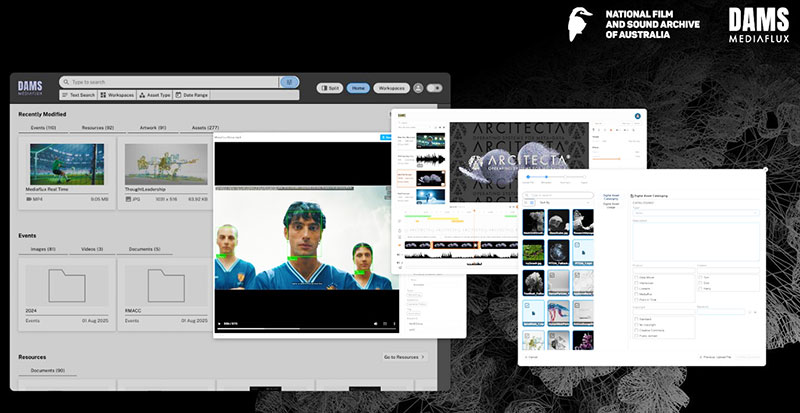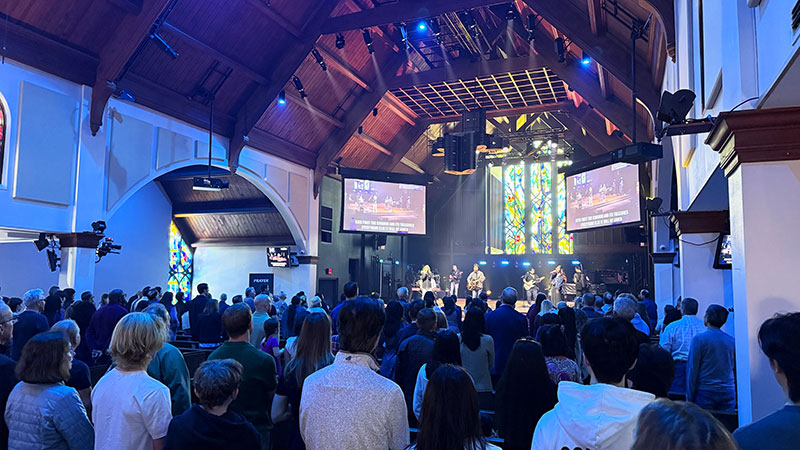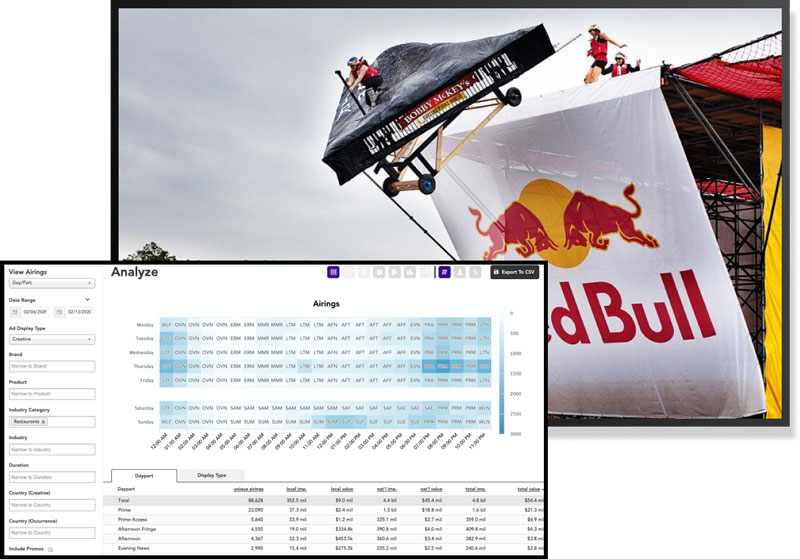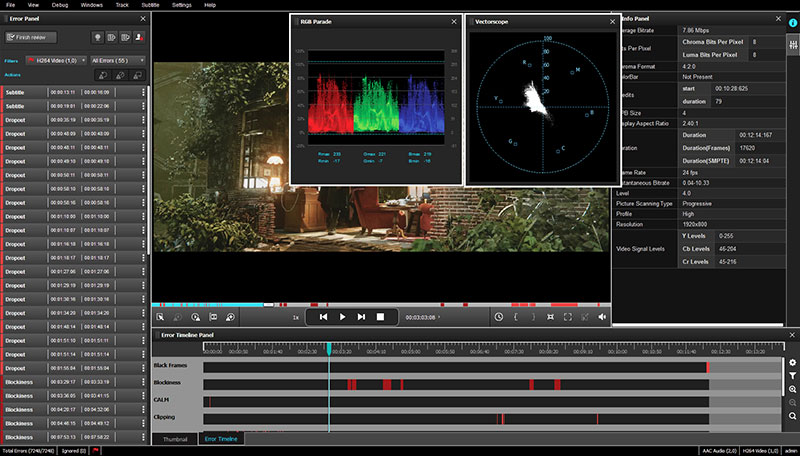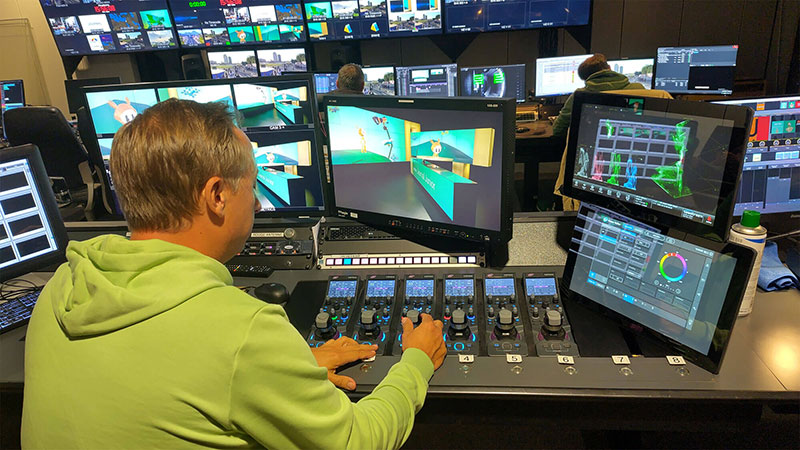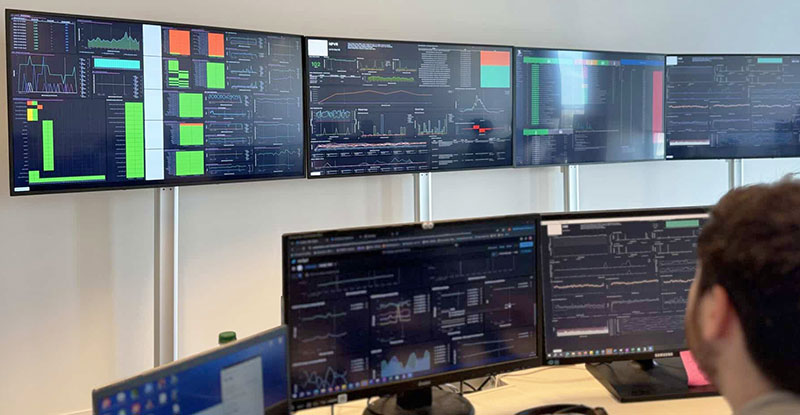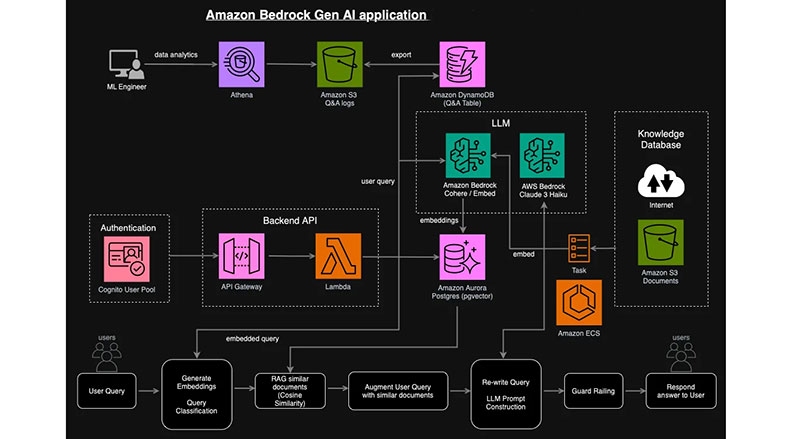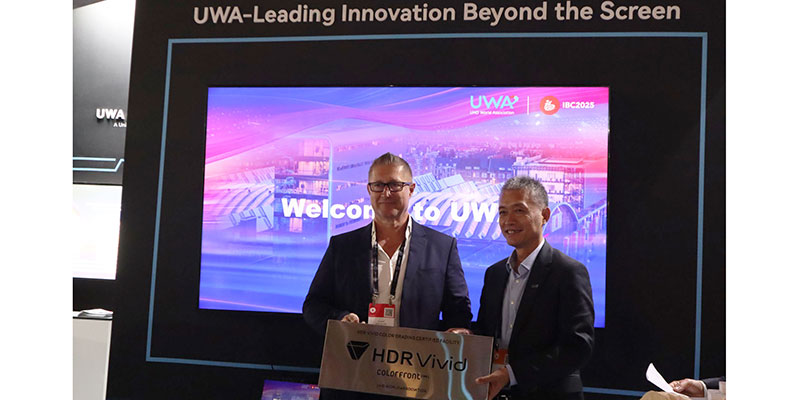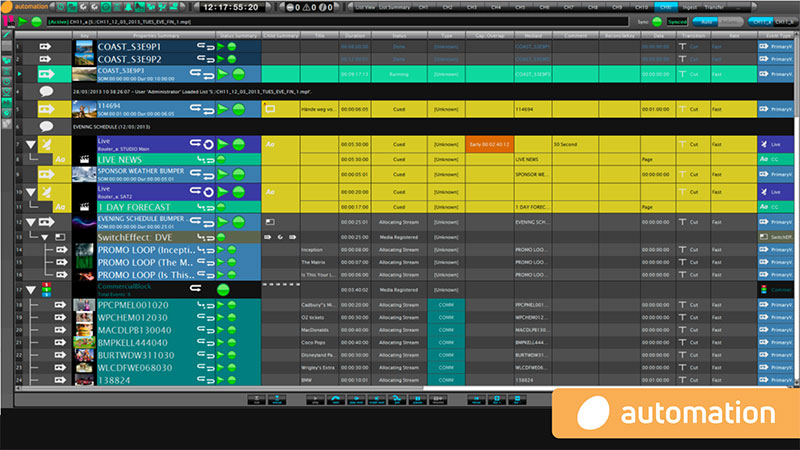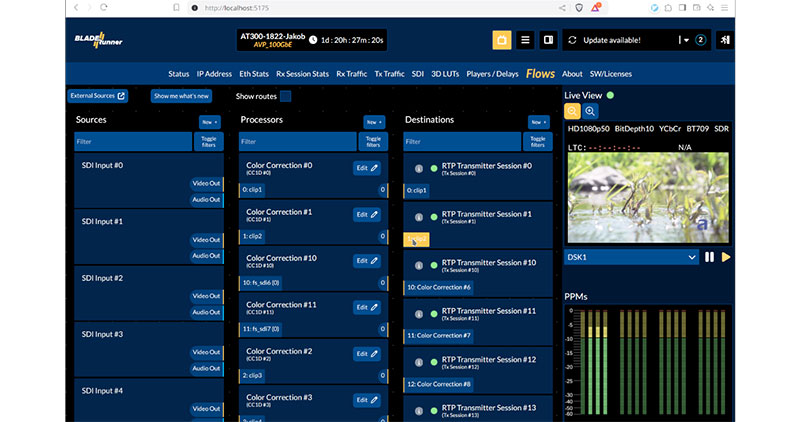Bitmovin Analytics AI Session Interpreter simplifies data analysis and compiles concise, accessible text summaries with explanations and recommendations for improving quality of service.

Bitmovin Analytics for video streaming services now has a new feature called Analytics AI Session Interpreter, developed to use artificial intelligence to help users better understand playback sessions, delivering explanations and recommendations for improving the quality of service. It simplifies data analysis and compiles concise text summaries accessible for users at varying levels of technical expertise.
Service providers use Bitmovin’s Analytics to track, monitor and analyse video streams in real-time. Its tools give insights into users' behaviour, player performance and other factors. Adding AI Session Interpreter simplifies and accelerates Bitmovin Analytics’ ability to process data and determine the source of streaming problems more quickly. Bitmovin Analytics AI Session Interpreter also makes recommendations explaining how to improve streaming for viewers based on the real-world session data and industry benchmarks.
“AI has made huge advancements recently, and our most recent Video Developer Report found that over 90% of developers plan to use AI/ ML to improve the video experience for viewers. By processing and presenting video analytics in a more accessible way, Bitmovin Analytics can now deliver insights faster and more accurately, helping users to troubleshoot streaming issues in a timely manner,” said Stefan Lederer, CEO and co-founder of Bitmovin.

Bitmovin Analytics AI Session Interpreter uses a large language model tuned for reasoning tasks and can decompose a complex task into simpler subtasks. It sends session data – without any customer or user-identifiable information – for analysis and to generate concise text summaries of individual video sessions. These text summaries give the user a breakdown of user session quality, including startup time and buffering, explain how it will impact the viewer, and makes recommendations for improvements.
Stefan also said that visitors to the Bitmovin stand at NAB 2024 have the opportunity to see how Bitmovin Analytics AI Session Interpreter it can streamline video data processing and produce personalised, tailored summaries and recommendations.
Apart from real-time stream tracking, monitoring and analysis, Bitmovin Analytics analyses user session data, from simple measurements like play and pause duration to more complex information like video bitrate, DRM license exchange, adaptive bitrate switching and detailed logs recording errors. Bitmovin Analytics generates actionable data designed to maximize viewer engagement and retention, track and fix playback issues before they impact users, and optimise conditions for a best-possible viewing experience. www.bitmovin.com





